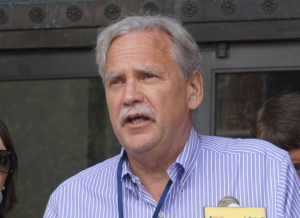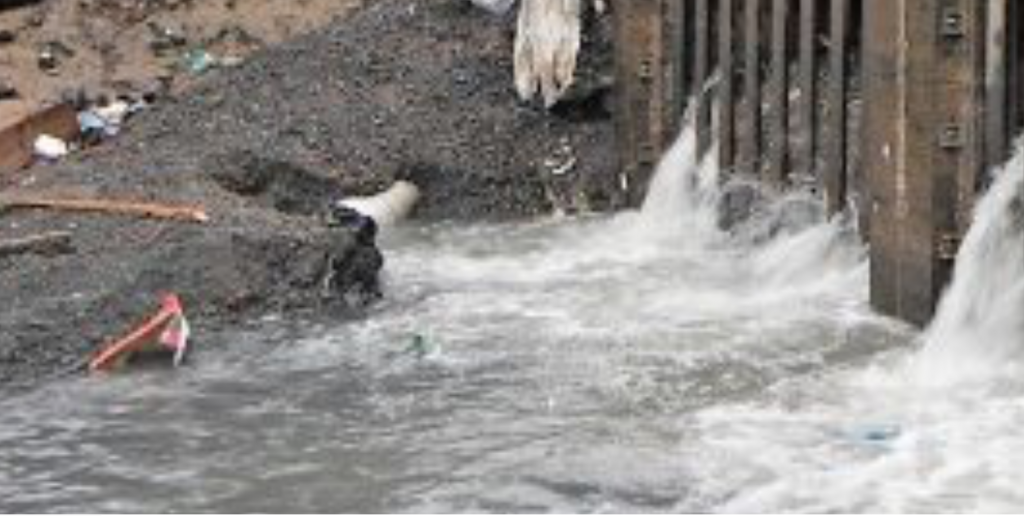Jeff Tittel, Senior Chapter Director, NJ Sierra Club
(Reprinted from App.com with the author’s permission.)
 The climate crisis is here and already impacting New Jersey. Greenhouse gas emissions globally set an all-time high last year. Our oceans are warming 40 percent faster than previously believed. The IPCC has given us 12 years before the worst climate impacts will become irreversible.
The climate crisis is here and already impacting New Jersey. Greenhouse gas emissions globally set an all-time high last year. Our oceans are warming 40 percent faster than previously believed. The IPCC has given us 12 years before the worst climate impacts will become irreversible.
Gov. Phil Murphy’s state Board of Public Utilities recently released its Draft Energy Master Plan dealing with many issues affecting climate change and green energy. There is a growing sense of urgency to do more in combating climate impacts, but the EMP does not address natural gas.
There are things to like in the draft EMP, especially in electrifying the transportation sector and dealing with home heating. There is also a lot that’s missing, including any mention of a moratorium on fossil fuel projects.
What’s really troubling is the plan redefines clean energy as carbon neutral. This is a cynical move with major consequences. Clean energy is usually defined as wind, solar, energy efficiency, hydro and geo-thermal. Carbon neutral, by contrast, means that carbon will still be released. The definition includes natural gas, fossil fuel plants with carbon sequestration, nuclear power plants, incinerators, biomass, carbon credits and offsets. Redefining clean energy as carbon neutral will include a lot of dirty fuels. This is an Orwellian approach that sells out renewable energy by promoting natural gas and nuclear power.
Continue reading ““Carbon Neutral” is Not Good Enough in Energy Master Plan”



 The climate crisis is here and already impacting New Jersey. Greenhouse gas emissions globally set an all-time high last year. Our oceans are warming 40 percent faster than previously believed. The IPCC has given us 12 years before the worst climate impacts will become irreversible.
The climate crisis is here and already impacting New Jersey. Greenhouse gas emissions globally set an all-time high last year. Our oceans are warming 40 percent faster than previously believed. The IPCC has given us 12 years before the worst climate impacts will become irreversible.





